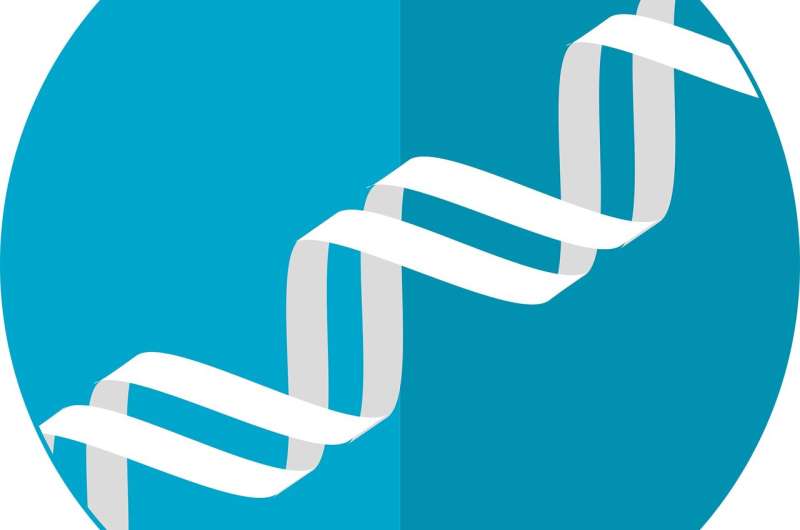Researchers find early developmental gene can cause deadly aneurysms


Mutations of a gene that regulates formation of blood vessels in the brain of vertebrates can lead to potentially deadly aneurysms in adults, Yale School of Medicine researchers report in the December issue of Nature Medicine.
Saccular brain aneurysms affect nearly 3% of the human population. If they rupture, it can cause subarachnoid hemorrhage, the deadliest type of intracranial hemorrhage. Approximately 500,000 hemorrhagic strokes are reported annually worldwide; nearly one in four victims die before reaching the hospital.
Predicting who might be vulnerable to such inherited forms of intracranial aneurysms, however, has been notoriously difficult. And until now, researchers have had difficulty identifying the genes that might trigger an increased risk of aneurysms in adults.
In the new study, researchers from the Yale’s departments of neurosurgery, genetics, and cardiovascular medicine identified the role of a gene, named PPIL4, in intracranial aneurysms. The gene is known to play a crucial role in creating blood vessels in the developing vertebrate brain.
For the study, the group analyzed the genomes of more than 300 patients with intracranial aneurysms and found significant increase of PPIL4 mutations compared with the general population.
The Yale team was led by three co-corresponding authors: Murat Gunel, the Nixdorf German Professor and chair of the Department of Neurosurgery; Stefania Nicoli, an associate professor of internal medicine and genetics and co-director of the Yale Cardiovascular Research Center in Cardiology; and Ketu Mishra-Gorur, a research scientist.
“Identifying inherited forms of intracranial aneurysms that have large effect sizes have been difficult to identify,” Gunel said. “We are very excited to report such mutations in the PPIL4 gene, providing a unique insight on how these deadly lesions form.”
Unruptured aneursyms cause no symptoms and are hard to detect in normal clinical exams, which makes it difficult to identify individuals who could benefit from early treatment.
“The disease has never been associated with a developmental defect and this gene is like a time machine that allows us to look back and find the origins of the aneurysms,” said Nicoli. “It is only one piece of the puzzle, but one that dramatically changes how we look at the disease.”
In addition to the genetic discovery of PPIL4, the group demonstrated that a novel PPIL4-Wnt signaling pathway is essential for brain vessel development and integrity.
“Studies like ours not only provide a genetic and mechanistic window into disease pathogenesis but present a remarkable potential for new pathways in IA screening, early diagnosis, and treatment,” Mishra-Gorur said.
Source: Read Full Article